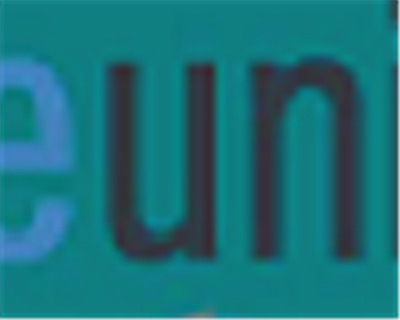Digitalisation: One aspect of the future of short term credit insurance
The impact of digitalisation is widely discussed in all lines of insurance. What is the impact for credit insurance?

The impact of digitalisation is widely discussed in all lines of insurance. What is the impact for credit insurance?
Let us take a look back, what has shaped and influenced the short term credit insurance industry in the past 20 years? A large consolidation and an extension to a worldwide scope took place. In 1995 every country had two to three national credit insurance companies with limited international scope and only a loose worldwide network to exchange information. Credit limit decisions on overseas buyers took several days.
Nowadays the industry has three large international players and a number of highly specialised niche market insurers. Today’s communication with customers and brokers is performed by email and online exchange of limit requests, decisions and assessments of the buyers. Competition is fierce and every player is fighting for market share via excellence in service.
Digitalisation will take communication to a new level. Clients expect more information about the credit limits of buyers and on the markets of the buyers. Access to this information must be any time, and at their convenience.
In an environment of the ‘internet of things’ or industry 4.0 as it is called in some markets, we see a new level of connectivity between companies. Machines and robots will communicate to each other. It will be important for the credit insurance industry to find solutions to participate in this development. The connection to this new mode of communication will be an important component of future success.
In today’s world, credit insurers have already established direct links between clients’ CRM systems and their own systems. An individual exchange of credit limit requests is no longer required. Once the CRM system identifies the need for an increase in any credit limit, the information is exchanged automatically via the online link without human intervention. This way of exchanging information needs to be developed further. For the moment, connection to mobile devices for example is only at an early stage and could be a major field of development for the future.
Modes of payment may also change in the future. There are already some companies transferring money not only in the traditional way via banks, but by using blockchain technology. This way to transfer money purely via the internet is just one example of the array of emerging trends, and the credit insurance market needs to understand this new way of payment in order to develop solutions that fit into this new environment.
New developments and technologies do not only require new methods of communication with clients, but also new products. Besides today’s whole turnover policies, the market for the cover of single transactions will develop and grow into a larger share of the total market. Single transactions, however, require new and different pricing models. Managing the concentration of risks is far more challenging with a bigger market share of single transaction cover in the short term credit insurance market.
In the world of the ‘internet of things’ new sources of information are available, meaning that new connectivity opens the door for new information on market participants. This will change the way credit insurance assesses companies. In today’s world, credit insurance players have developed a first-rate system to assess balance sheets, payment records, market sectors and country developments. All credit insurers make great efforts to gather this information and assess the data. The data is stored in a systematic way to allow the combination of automatic and manual assessment. The final assessment is expressed in a rating scale whose quality is verified by the probability of defaults. Already today this information adds up to a huge database.
In the future the importance of the database will increase even further. Alternative databases and assessments of companies outside the credit insurance industry might appear. But the strengths of the credit insurance industry lie in the long track record of interpreting the data and explaining the results to customers. New algorithms are developed outside the credit industry, but an algorithm without expert interpretation will not satisfy the demands of our clients.
Although today’s databases are impressive in size, this will not be sufficient for the requirements of the future. The key to success lies in the combination of exploring new data sources by taking the opportunities of the ‘internet of things’. In order to develop new algorithms in addition to today’s assessment and explaining the results to our customers. Big data analysis gives new opportunities in the assessment of data, which needs to be integrated in the existing assessment systems.
All these challenges require investment in new technology and products. Most of these technologies are at an early stage of development, quite a number will fade away, and only a few will set new standards. Who can say today, which role blockchain transactions will be used five years from now? How big will the market share be? Or will it already be replaced by a different technology? The players in the market have to decide and allocate resources in the development of technologies without knowing if these technologies survive the next decade.
The credit insurer who is the first to find solutions for communication with the clients, develops new products and pricing schemes, and makes advances in big data analysis will have a competitive advantage over its peers. In a world of ever faster changing technologies, however, this competitive advantage might not last for long.
Players in the market need to find ways to allocate their resources efficiently in researching different technologies concurrently. The key to sustainable success will be a constant review of the progress of different technologies, paired with faster decision-making to invest in new technologies, and discontinue old or unsustainable technologies.
This is definitely an interesting challenge for our industry.
Olaf Lipinski
Regional Director Risk Management - Euler Hermes World Agency





